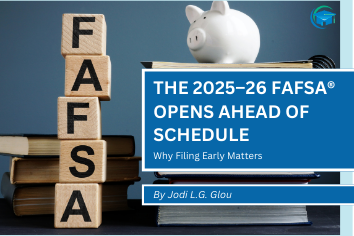Revamping the American Dream: The Push to Overhaul the Community College Transfer Process

The American dream of obtaining a higher education has long been a cornerstone of social mobility and individual success. However, for many community college students, this dream faces significant challenges when it comes to transferring to four-year institutions. Recognizing the hurdles in the current system, the Department of Education has taken a bold stand to overhaul the transfer process. In a recent summit, Education Secretary Miguel Cardona emphasized the urgency of reform, calling the existing system "broken" and underscoring the need for a comprehensive solution. This blog will delve into the reasons behind the Education Department's push to ease the transfer process for community college students, drawing upon valuable insights and data presented at the summit.
I witnessed these barriers firsthand as a former community college professor for over a decade. I have long been a proponent of easing the transfer process so all students can achieve their dream of a four-year degree.
Earlier this month, the Education Department hosted a summit convening over 200 officials from community colleges, four-year institutions, and state governments. The summit aimed to address the shortcomings of the current transfer system, which often leaves students in debt without a degree. Secretary Cardona's recorded remarks underscored the need for a fundamental shift in how the nation approaches the transfer process, emphasizing that raising the bar for degree completion requires reimagining transfer procedures.
Data released by the Education Department revealed a stark reality: only 13% of federal financial aid recipients who enrolled in community college in 2014 obtained a bachelor's degree within eight years. This low success rate can be attributed to various obstacles that hinder the transfer process, including a lack of guidance for students navigating the complex system and difficulties in transferring credits as planned.
To address these challenges, the Education Department is urging states and institutions to adopt clearer policies for credit transfers, provide proactive advising and support for transfer students, and leverage data and technology to remove barriers to graduation. By doing so, the aim is to establish a more seamless transition for community college students as they pursue higher education.
The Department of Education's call to ease the transfer process for community college students is crucial to creating a more equitable and accessible higher education system. By addressing the systemic issues that hinder successful transfers, the Education Department aims to ensure that students can pursue their educational goals without unnecessary obstacles. As we move forward, states and institutions must work collaboratively to implement policies that support a smoother transition for community college students on their journey toward a bachelor's degree.
The body content of your post goes here. To edit this text, click on it and delete this default text and start typing your own or paste your own from a different source.










